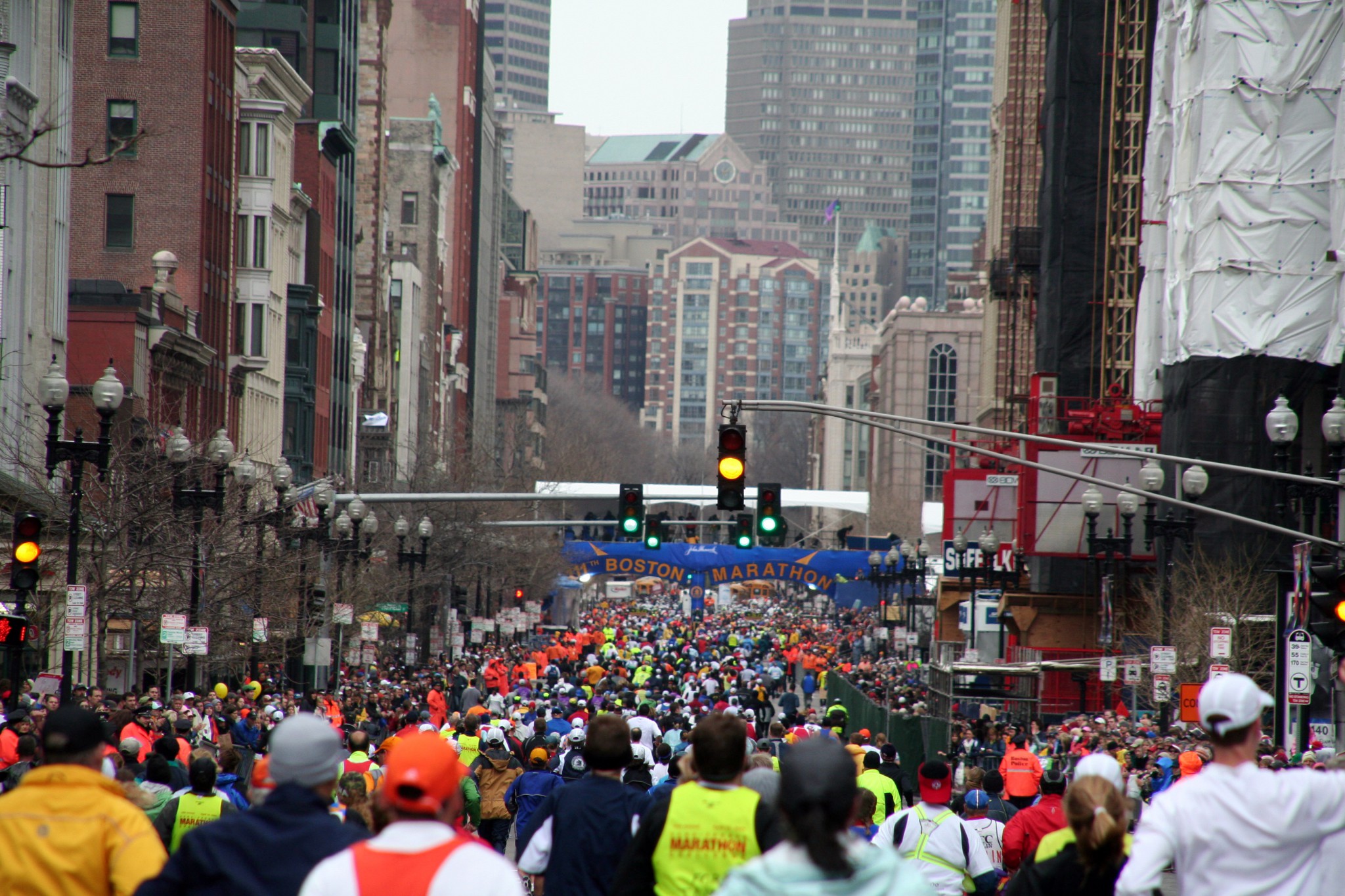Today marks three years to the date since two bombs exploded near the finish line of the Boston Marathon, killing three and injuring more than 260. This Monday, April 18th, will be the 120th running of this historic race and we at Norris Inc. thought it would be a good opportunity to look at how security will be handled.
This year, race participation will be at capacity, with 30,000 participants signed up to run, and as many as one million spectators anticipated to line the race route. Given the scale of the event, the bombings carried out in 2013, and more recent threats to security worldwide, officials are working around the clock to ensure that security will be stronger than ever.
Security planning for the event began as soon as last year’s race ended. Teams reviewed the executed security policies and made adjustments based on their findings. With the number of recent terrorist events carried out around the world over the past year, however, they have reinforced their plans and intensified safety efforts. Not only will the lessons learned from the 2013 marathon bombings be incorporated into the plan, but also those from other large-scale events worldwide.
So what exactly does the beefed-up security plan look like for the 2016 Boston Marathon? Here’s a rundown of the precautions being taken that have been shared with the public:
- No Drone Zone – The Federal Aviation Administration has banned any drones from flying over the entire race area and anti-drone technology will be employed on race day to ensure compliance
- Police Presence – Nearly 5,000 law enforcement officials from local, state, and federal bureaus, will be stationed in uniform and undercover along the 26.2-mile route
- Security Checkpoints – Spectators using key entry points to stand at official viewing areas along the course may be asked to pass through security checkpoints
- No Large Bags – Spectators are being asked not to bring backpacks and other large bags to the event, and instead to carry any necessities in easily searchable clear plastic bags
- Item Bans – In addition to not allowing large bags or backpacks, officials have asked that people also leave home weapons, coolers and large containers, flammable liquids, blankets and sleeping bags, costume material that covers the face or extends from the body, and props, such as sporting equipment
- Surveillance Cameras – Dozens of surveillance cameras are being installed, and will be monitored, along the race route
- Radiation Readings – The National Nuclear Security Administration has flown helicopters over the race area to take measurements of baseline radiation readings, if anything unusual were to be detected over the weekend or on Monday, they would know immediately
- Digital Monitoring – The FBI will be conducting digital monitoring during the race, setting “tripwires” on specific assessments and investigations that could help alert them of a security threat communicated online
- Race Bandit Ban – The time-honored tradition of “bandits,” unregistered runners who join in running the race without a bib, have been asked not to participate this year and will be stopped by law enforcement should they run
While there have been no reported, credible threats to this year’s Boston Marathon, the safety measures being employed are certainly in line with the heightened threat of terrorism worldwide. Those who are running in the race or attending as spectators can be assured that law enforcement is still working on and adjusting security precautions, and are prepared to respond to multiple types of violent scenarios, including shootings and suicide bombings.
The tradition will continue, and Boston Strong will still ring true for 2016!
If you, or anyone you know, will be attending the race on Monday, additional spectator information from the Boston Athletic Association can be found here.
Photo: Thousand Word Creations/Bigstock.com



Leave A Comment